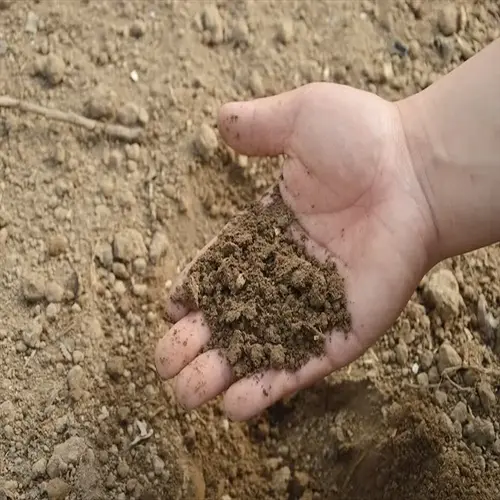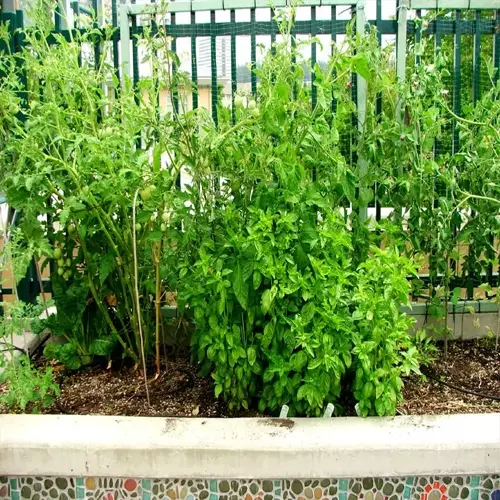How do you treat fungal diseases on tomatoes?

Written by
Olivia Mitchell
Reviewed by
Prof. Charles Hartman, Ph.D.Tomato fungal diseases need quick treatment or the plants will die. Early blight produces brown rings or concentric circles, and powdery mildew has white dusty patches. I lost plants to blight in the past, but I discovered that applying a copper spray early on can prevent its spread. You can treat an infection when it is cool (below 85°F /29°C) in the morning for the best results.
Copper Applications
- Mix 2 oz copper fungicide per gallon water (15 ml per liter)
- Spray every 7 days during high humidity periods
- Cover both leaf surfaces completely without runoff
- Stop applications 14 days before harvest
Baking Soda Solutions
- Combine 1 tbsp baking soda with 1 tsp horticultural oil per gallon
- Apply at first sign of powdery mildew white patches
- Reapply after rain exceeding 0.5 inches (1.25 cm)
- Avoid use in temperatures above 90°F (32°C)
Biofungicide Treatments
- Use Bacillus subtilis at 1 oz per gallon as soil drench
- Apply weekly during damp conditions below 80°F (27°C)
- Combine with compost tea for enhanced microbial activity
- Store unused solution refrigerated for maximum potency
Immediately remove all infected foliage using sterilized shears. I soak my shears in a 10% bleach solution between cuts I make on diseased foliage. Remove diseased material off-site; never compost it. Increase airflow by spacing out your plants 3 feet apart and pruning lower leaves. All of these actions reduce the humidity, which fungi really love.
Mitigating outbreaks with cultural practices. Use drip irrigation systems to water the soil, not the leaves. Use a 3-inch layer of organic mulch to prevent soil splash. For 3 years, rotate tomatoes in the ground so they are not affected by the nightshades. I use resistant varieties, such as 'Mountain Merit', when growing in areas prone to blight.
When it comes to treatment, timing is everything. Use fungicides before rain forecasts and when spores are being spread. Use treatments based on active growth periods and avoid applying them during bloom time. I perform sprays first thing in the morning, between 7:00 and 10:00 AM, while temperatures stay below 80°F (27 °C). Frequent monitoring helps nip any small issues in the bud before they become blow-up disasters.
Read the full article: Tomato Plant Diseases: Comprehensive Guide

